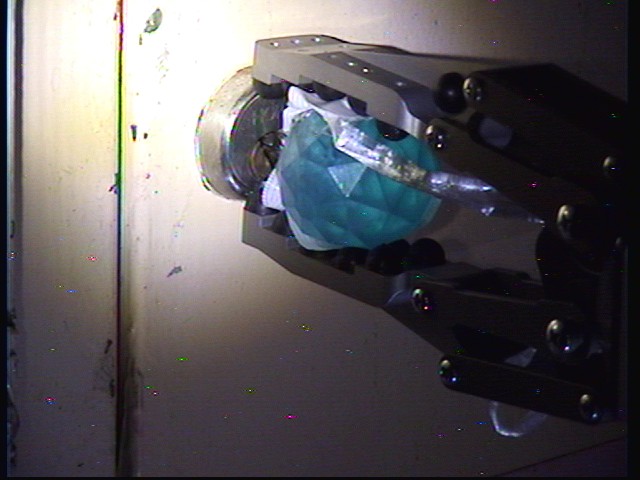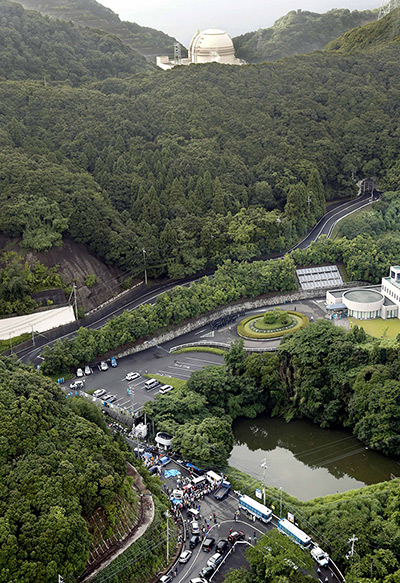After planning to lower the retirement age for the Japanese to 40 to compete with developing countries on wages, now he says he will nationalize the islands disputed by Japan, China, and Taiwan.
Why? He thinks that will win him the next election. Absolutely tone-deaf, harebrained move by the prime minister who seems to be rather popular in the US and UK (particularly among the financial media) for his resolute moves to combat fiscal deficit by raising taxes and cutting social welfare for the hapless citizens.
The move may give more headaches for the Chinese Communist Party who has been battling the unrest cropping up in the country, and cause the Chinese government to appease the angry public by instituting some anti-Japanese measures.
As the Nikkei article below indicates, Noda's move is to prop up support for him and his party in the next Lower House election. By appearing tough, he thinks he can get the right-wing votes, I suppose.
From Nikkei Shinbun (7/8/2012; part):
尖閣国有化、慎重論押し切った首相 弱腰批判を回避
In nationalization of Senkaku Islands, Prime Minister overcame the faction that preached prudence, to avoid criticism of being weak
政府が尖閣諸島の国有化に向けて動き始めた。尖閣購入に先に乗り出した東京都の石原慎太郎知事に触発され、野田佳彦首相が政府内の慎重論を押し切った。次期衆院選に向けて「弱腰」批判をかわし、領土保全で毅然とした姿勢を印象付ける狙いがある。中国の反発は覚悟のうえで、日中関係悪化という火種を抱える決断となった。
The national government is moving toward nationalizing Senkaku Islands. Inspired by Governor of Tokyo Shintaro Ishihara, who has already to purchase the islands, Prime Minister Yoshihiko Noda overcame the faction inside his government who are more cautious. The purpose is to deflect the criticism of "being weak-kneed" and to create an image of a resolute leader protecting the national border, in preparation for the next Lower House election. The prime minister [and his supporters, if any?] is prepared for the opposition from China. This decision may worsen the relationship between Japan and China.
...
玄葉光一郎外相は7日、外務省内で記者団に、中国と台湾が事実関係の説明を求めてきたことを明らかにした。7日は日中戦争の発端となった盧溝橋事件から75周年にあたり、中国外交筋は「最悪のタイミングだ」と語る。
Minister of Foreign Affairs Koichiro Genba told the press corp at the Ministry on July 7 that China and Taiwan had contacted his ministry to explain the situation. July 7 marked the 75th anniversary of Marco Polo Bridge Incident [in 1937) that triggered the [Second] Sino-Japanese War. Chinese diplomatic sources say "It's the worst possible timing."
Shintaro Ishihara says his purchase plan with donation money is still in place. As of July 5, 2012, he has collected 1.325 billion yen (US$16.6 million) from nearly 90,000 entities.
Japan claimed these uninhabited islands as its own in 1885, having determined by several surveys that the islands did not belong to any country. During the occupation period after the World War II, the islands were administered by the United States as part of Okinawa. China and Taiwan started to claim Senkaku Islands as their territories after a survey done by the UN Economic and Social Commission for Asia and the Pacific in 1969 indicated a potential of huge oil and natural gas reserves under the sea. (From Japanese Wikipedia)

















 Tokyo Time
Tokyo Time
![[Most Recent Quotes from www.kitco.com]](http://www.kitconet.com/charts/metals/gold/t24_au_en_usoz_2.gif)


